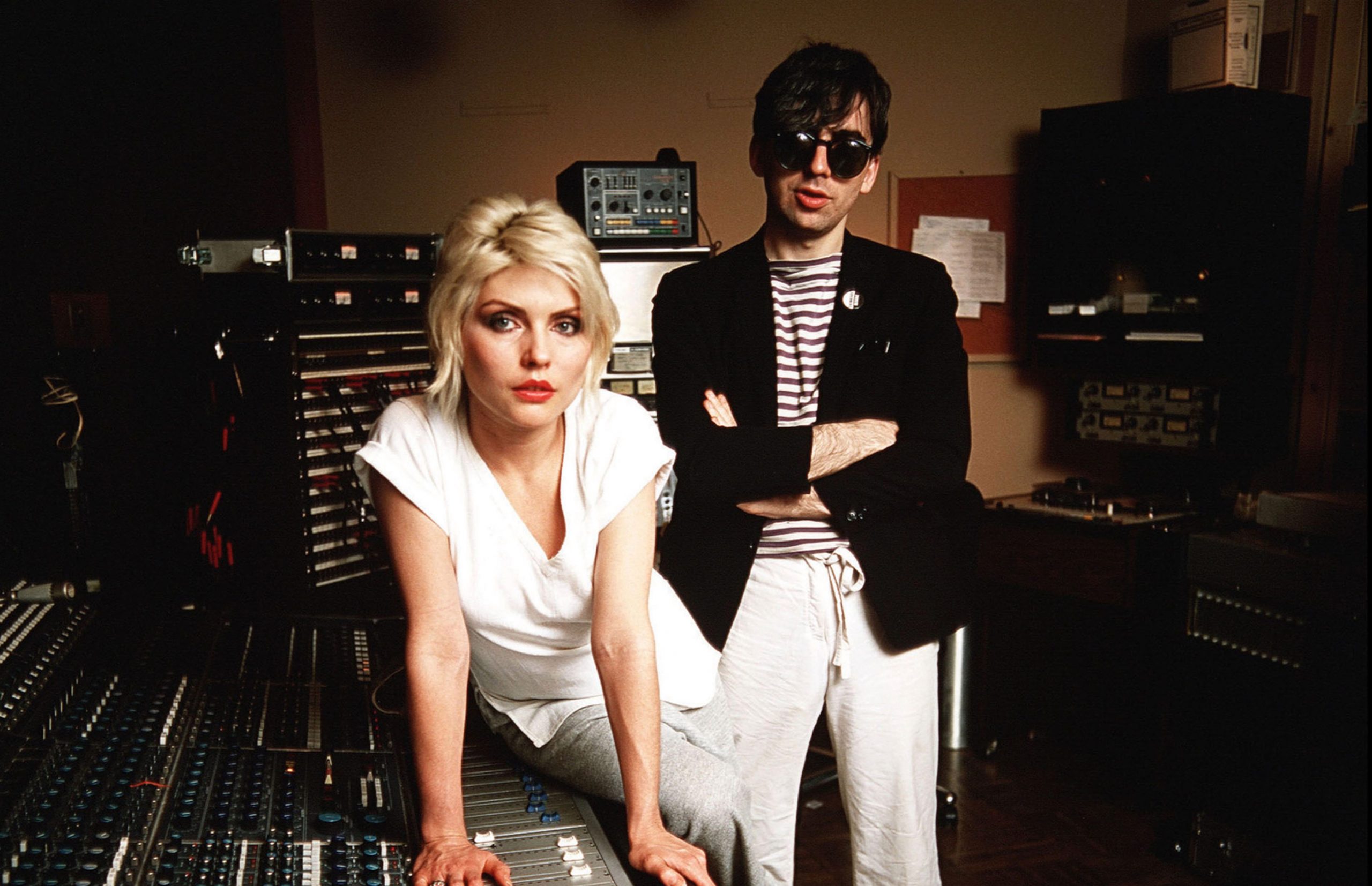
In September 2020, Miley Cyrus covered the band’s classic disco infused pop punk anthem Heart of Glass resulting in a truly compelling performance. Originally released by Blondie in 1979, Heart of Glass earned the band their first number one in both the UK and the US. Today, Heart of Glass stands out as one of the band’s most iconic tracks. It remains just as infectious to those on the dance floor today as it did when it was first released. Combining a pulsating synth line with a steady disco beat, crunchy guitars, a funky bassline and flawless vocals, Blondie created a timeless classic that is Heart of Glass.
